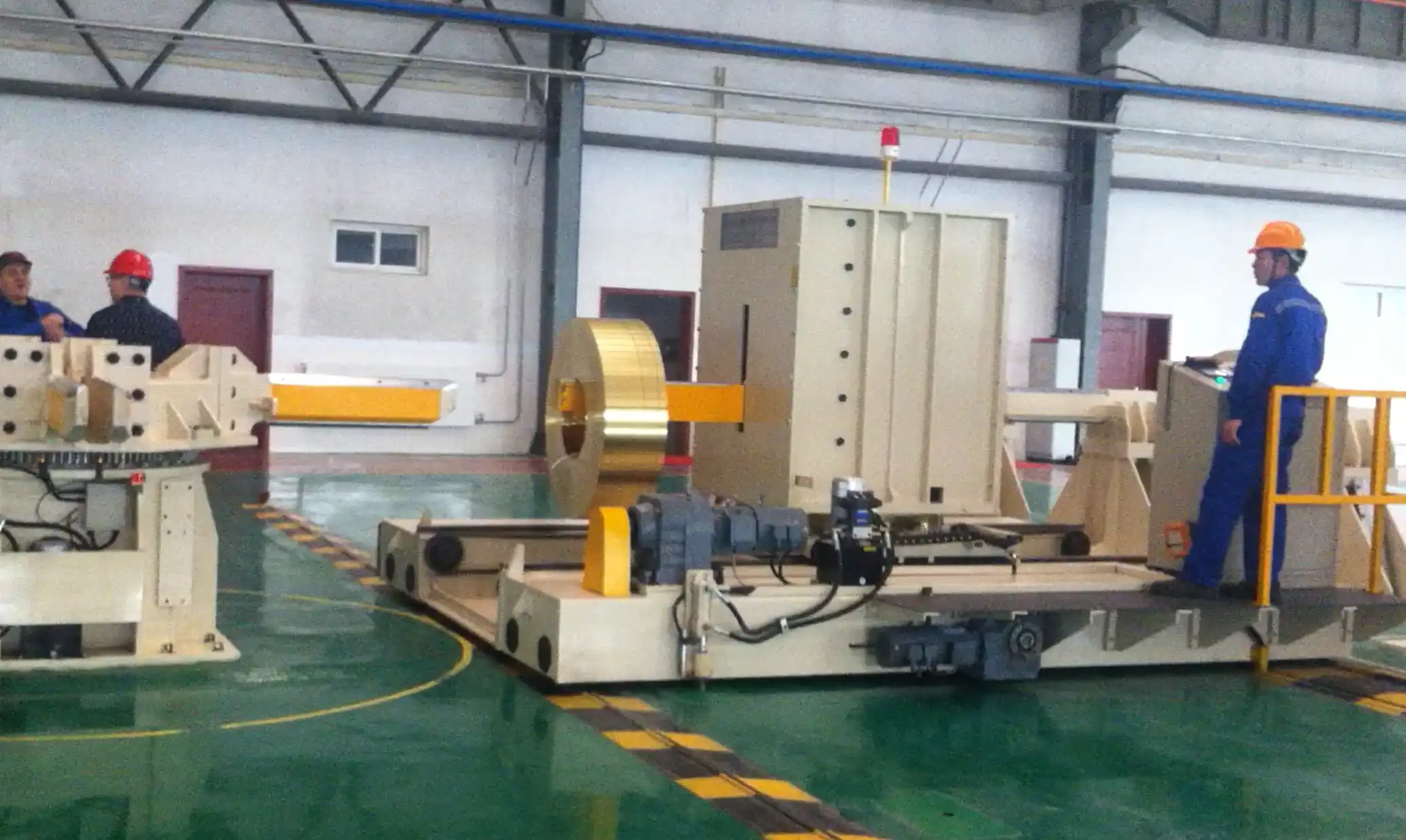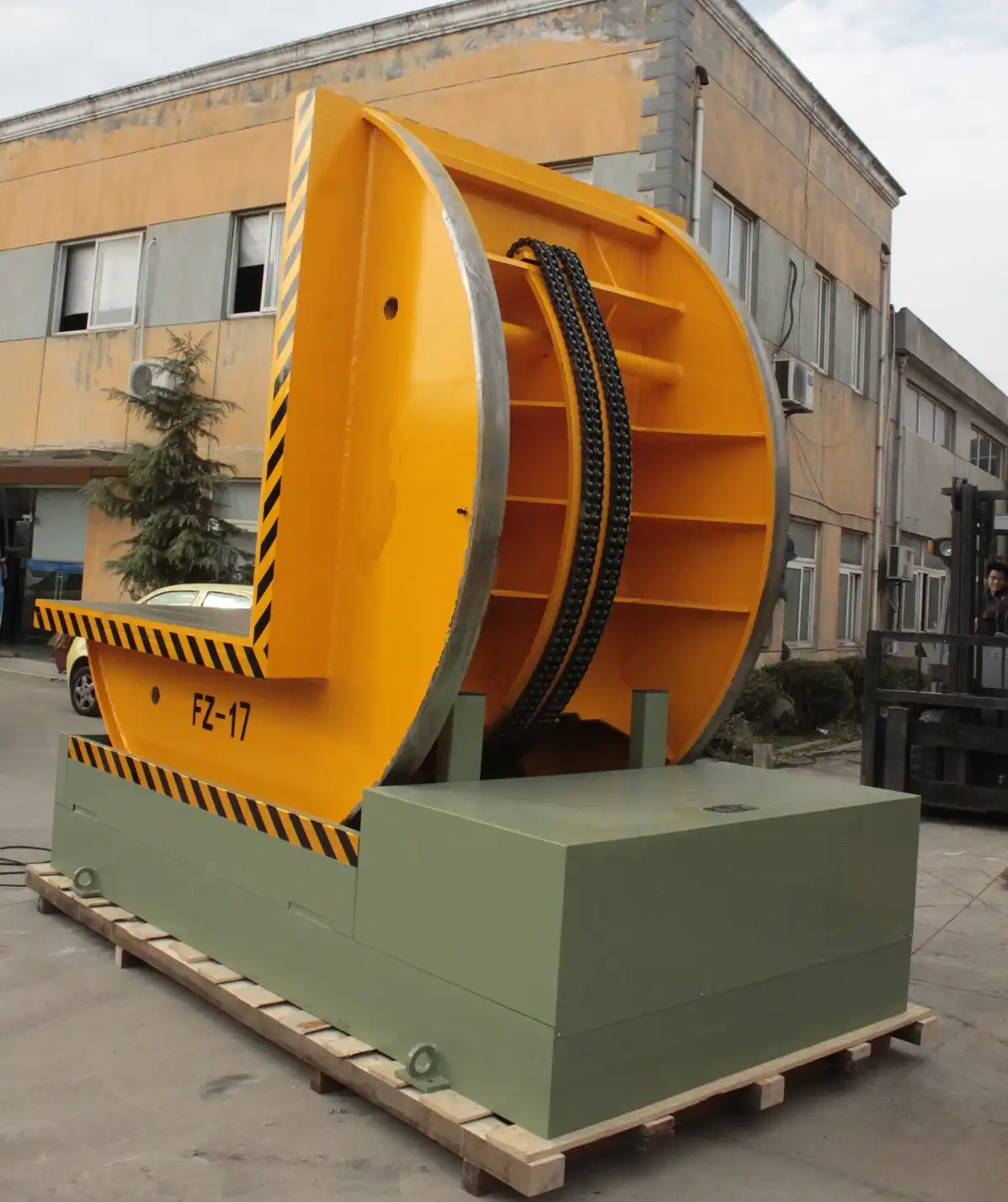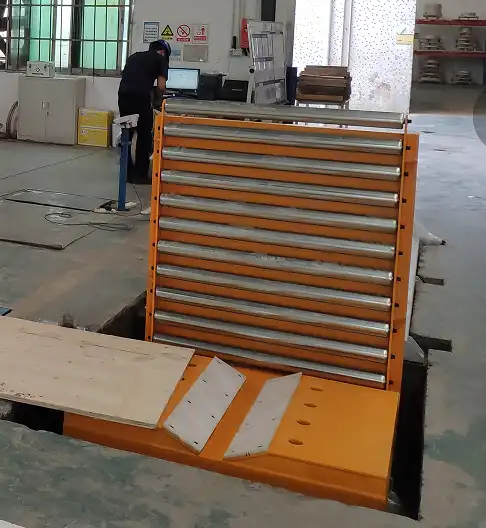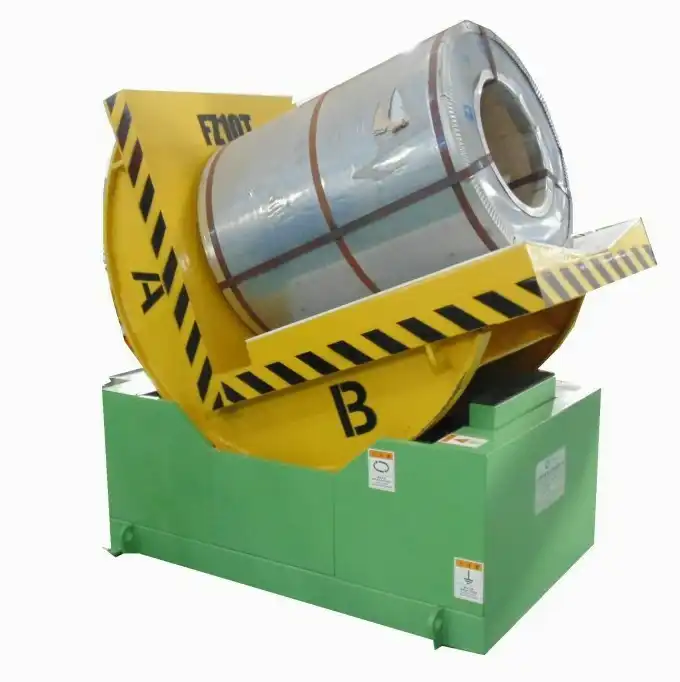I see many new operators get scared when they first deal with steel coils. They face heavy loads, costly mistakes, and time pressure. They want a clear approach (30 words).
Loading steel coils is about placing them safely onto trailers, racks, or storage spaces. I use correct lifting tools like cranes, forklifts, or coil upenders. This approach prevents accidents, avoids coil damage, and streamlines workflow. Good loading practices keep productivity high and reduce risks for everyone involved. Safety and efficiency go hand in hand (50 words).

"steel coil loading")
I often talk to people who feel stuck. They face scheduling demands, strict safety standards, and limited resources. They need tips and steps for efficient coil loading. I want to share my insights so they can avoid pitfalls. Let’s break down the process.
What are the basic steps for loading steel coils?
I once saw an untrained worker try to load a steel coil without the right equipment. He struggled with balance and almost dropped the coil. That moment taught me a lesson (30 words).
The main question is about choosing the correct lifting tools and techniques. I look at coil size, weight, and shape. I also plan for movement paths and safety zones. Proper setup matters (50 words).

"coil loading equipment")
I want to dive deeper into the methods and reasoning behind safe loading. I break it down step by step. I use basic logic and experience to explain the best practices. This helps anyone who needs to handle steel coils without fear or confusion.
Where Training and Preparation Collide
I believe training is the first step. Operators must learn safe lifting procedures and equipment handling. A few hours of practice can prevent major accidents. People should know how to inspect lifting gear for cracks or wear. They should know the maximum load ratings and never exceed them. This is about following a written guideline or procedure. Many workplaces create standard operating procedures (SOPs) that detail each action. I find these SOPs invaluable.
Step-by-Step Loading Tips
- Inspect the Area: I start with a clean and wide workspace. I remove any clutter that can cause tripping or forklift hazards.
- Check the Coil: I note the coil’s weight and dimensions. That data guides me to the right lifting tool.
- Choose the Proper Lifting Device: I pick a crane or forklift designed for coil handling. If the coil is extra large, I use specialized equipment like an upender.
- Secure the Coil: I ensure the lifting hooks or forks have a firm hold. I watch out for coil edges that might slip.
- Lift and Move Slowly: Sudden moves can shift the coil’s center of gravity. I recommend a steady, even lift at moderate speed.
- Position and Lower Carefully: I double-check the final spot. Then I lower the coil gently. This helps avoid jolting the coil or damaging the surface.
Caution with Different Coil Types
Some coils have protective wraps or coatings. Others come with sharp edges. I use edge protectors, straps, or custom cradles if needed. That depends on the coil’s material and the risk of scratches. Also, coil dimensions vary. Thinner coils can bend if not handled gently. Heavier coils need heavier-duty equipment. I prefer overestimating capacity rather than risking overload.
| Coil Aspect | Handling Tip |
|---|---|
| Weight (Light/Heavy) | Use gear that matches or exceeds load ratings |
| Coating (None/Protected) | Add edge protectors to prevent surface damage |
| Thickness (Thin/Thick) | Adjust lifting force and avoid coil deformation |
| Shape (Round/Odd) | Ensure stable forklift or crane attachment points |
| Destination (Storage/Transport) | Plan how coil will rest on trailer or rack |
The Role of Clear Communication
I talk with my team members before we start loading. We confirm who operates the crane or forklift. We decide who will guide the operator. Communication helps us avoid confusion. I usually prefer a simple set of hand signals or a two-way radio. I tell the spotter to stand in a visible location. That person must see the coil and the operator. This prevents guesswork. When we coordinate well, loading goes smoothly.
Balancing Safety and Efficiency
I learned that safety does not slow down production; it enhances it. When we do not rush, we prevent mishaps that cause bigger delays. A dropped coil can ruin a day. That is why I emphasize good habits from the start. Over time, people become more confident and faster at their tasks. They do not waste time correcting errors or dealing with injuries. Everyone wins.
I also value feedback from my team. Sometimes an operator points out that a certain forklift attachment is wearing down. We replace or service it before it fails. Maintenance is a big part of safe loading. A small oversight can lead to expensive damage. This is how I keep everything running. I check, double-check, and improve each step. That is the best way to load steel coils. (300 words)
Which methods are best for loading steel coils?
I recall when I first explored different loading setups. I compared forklift loading against overhead crane lifts. I wondered which method gave better safety and control. That question drove my research (30 words).
Equipment choice often depends on available space, coil weight, and production flow. I see cranes as good for heavy loads in open spaces. Forklifts work well for lighter coils or tight areas (50 words).

"different loading methods")
...
How do you protect steel coils during loading?
I sometimes speak with plant managers who wonder how to minimize coil damage while meeting tight schedules. They ask if there is a way to speed up loading without sacrificing quality. That question motivates me (30 words).
A good loading strategy balances handling speed and coil protection. I use protective materials, stable cradle supports, and efficient workflows. These measures keep coil surfaces intact while saving time. That prevents costly rework (50 words).

"protecting steel coils")
...
Conclusion
Steel coil loading requires methodical steps, correct equipment, and consistent safety checks. I focus on proper training, careful handling, and ongoing improvement. That approach helps me protect workers and keep coils in perfect condition (37 words).